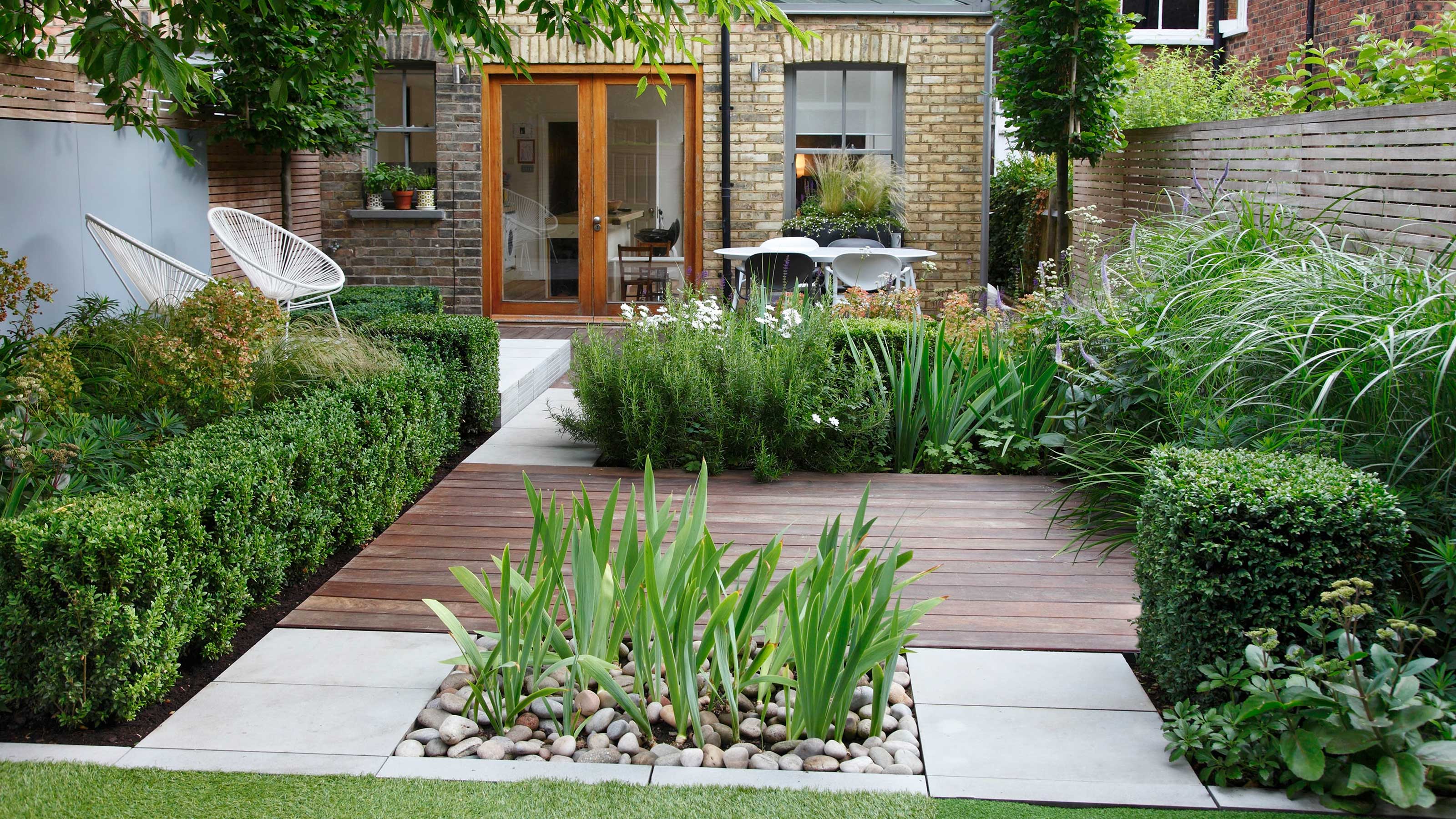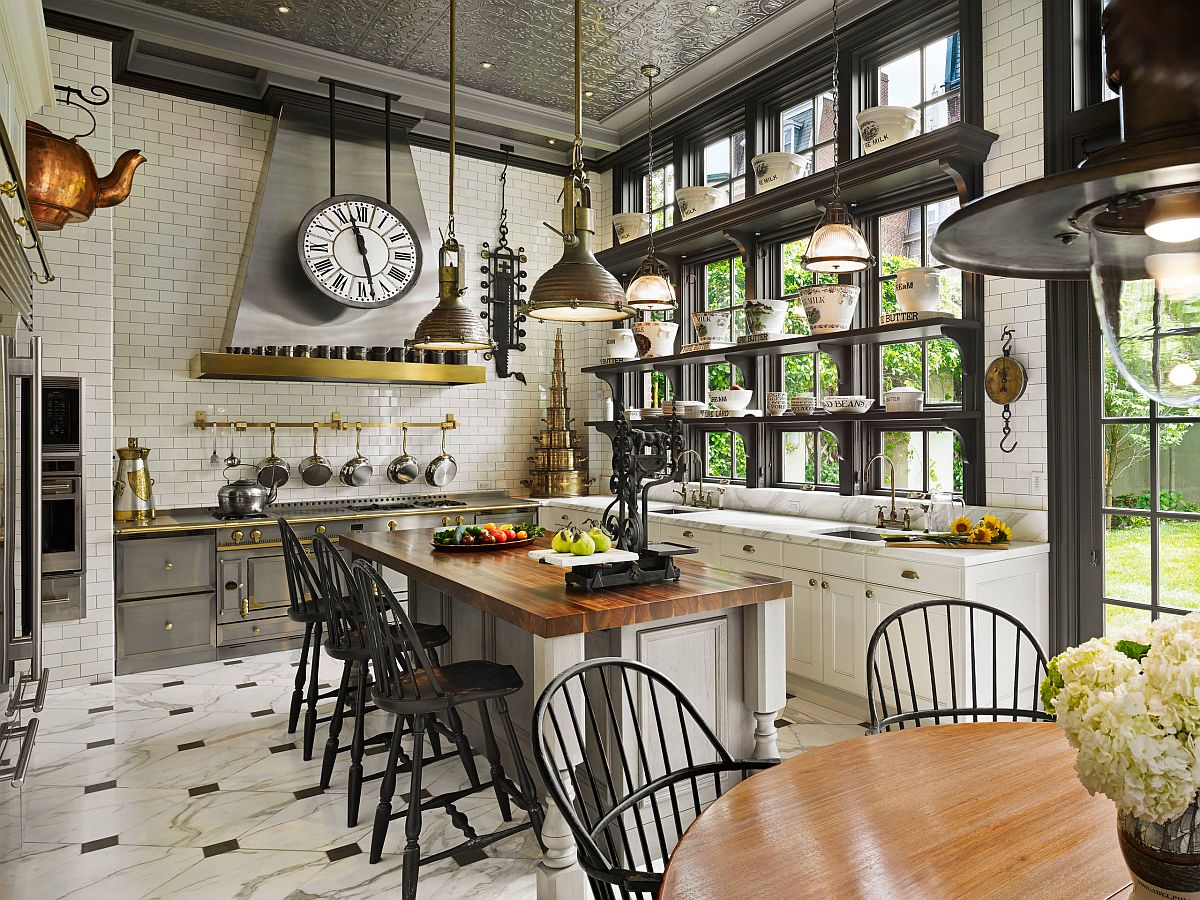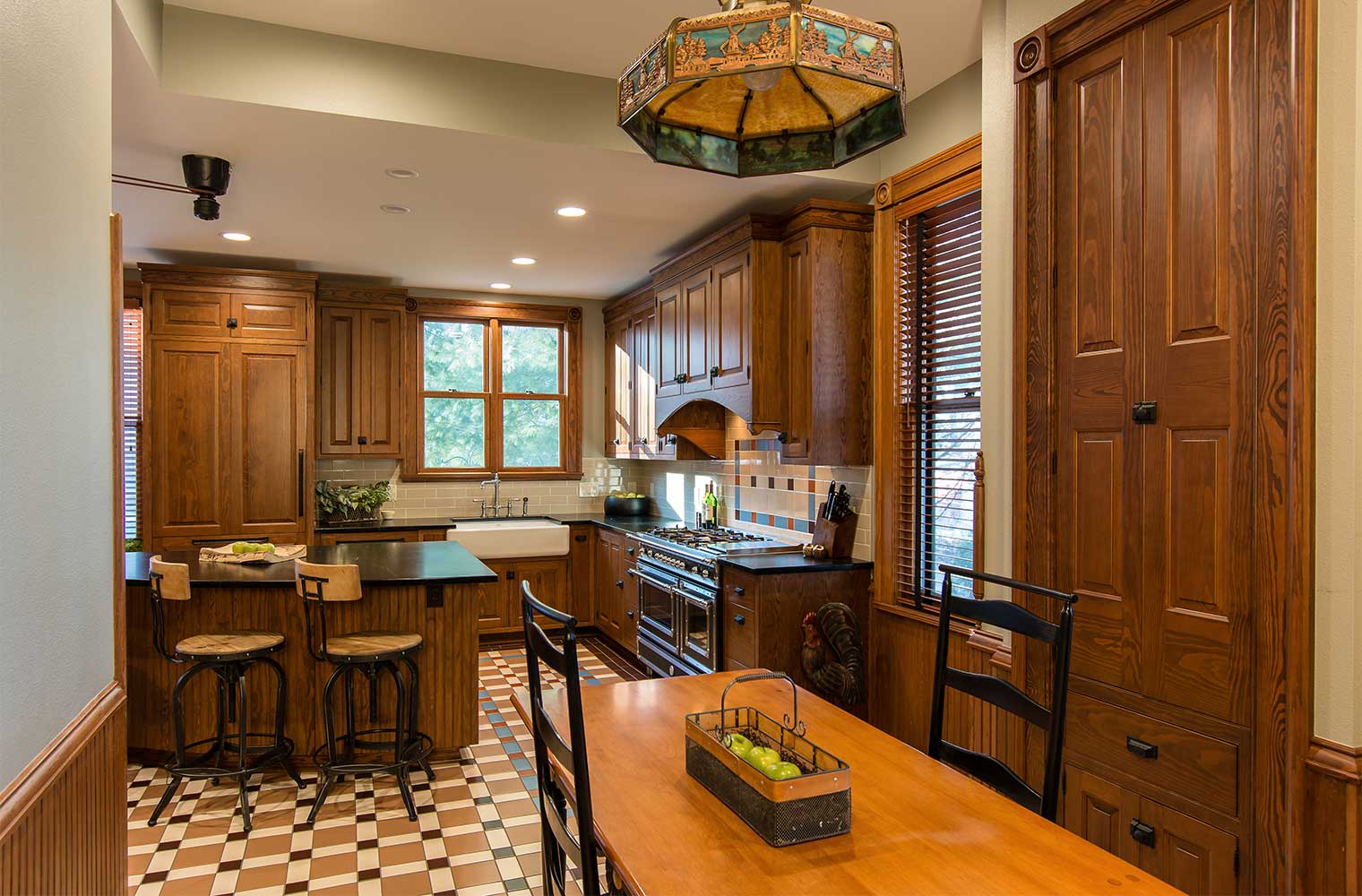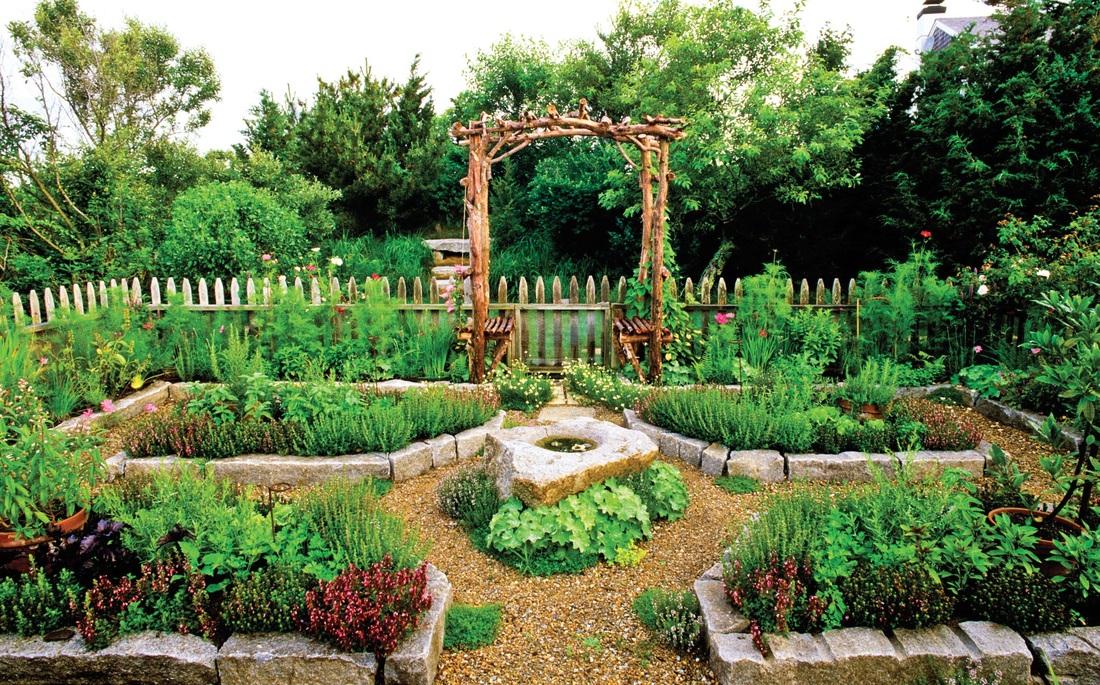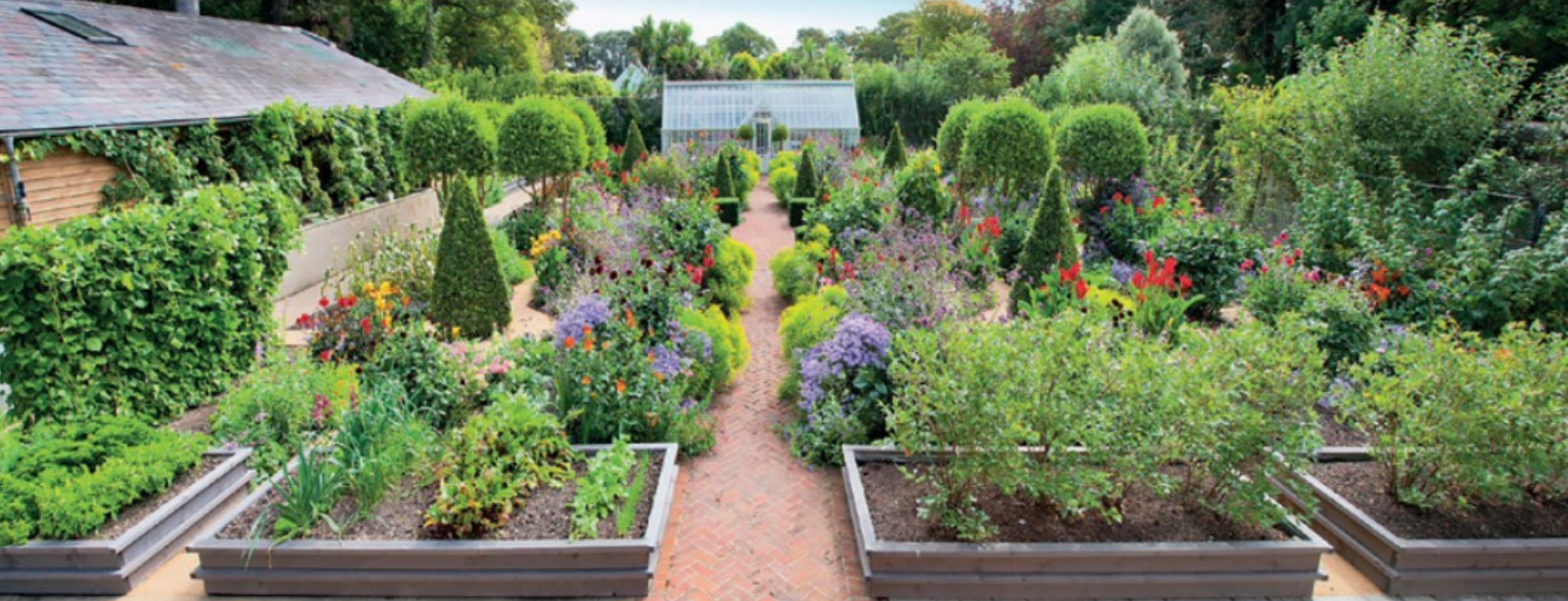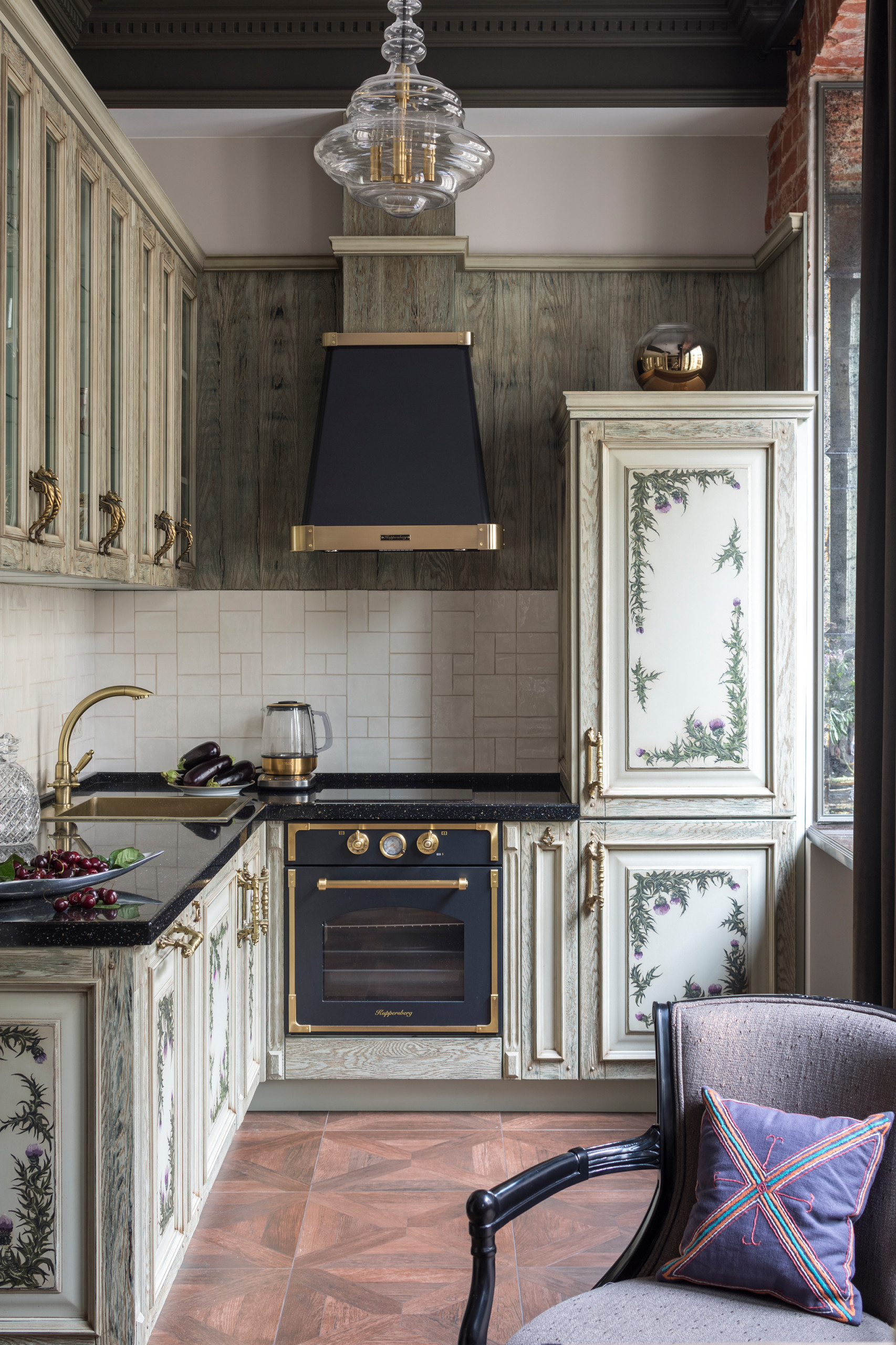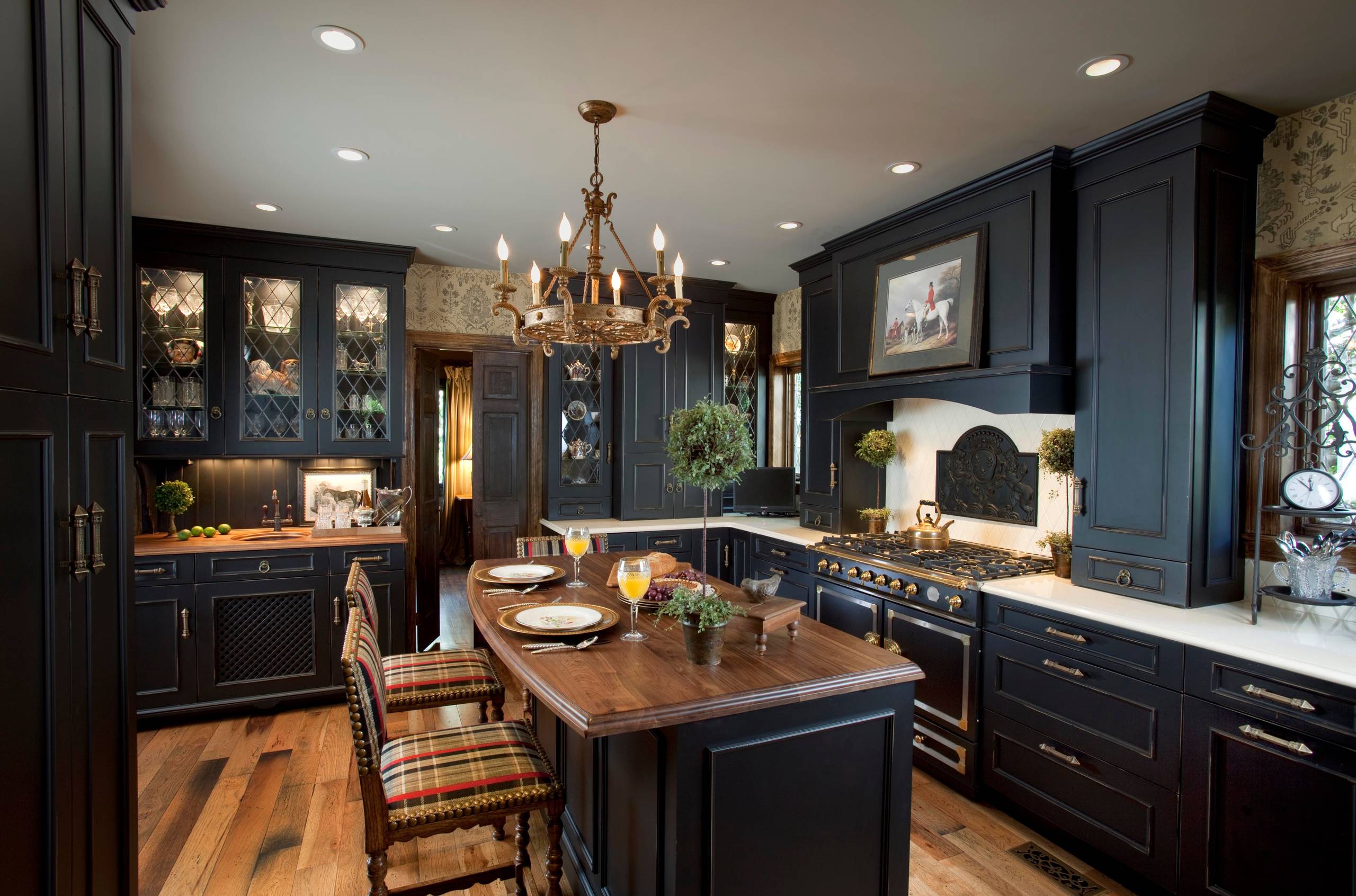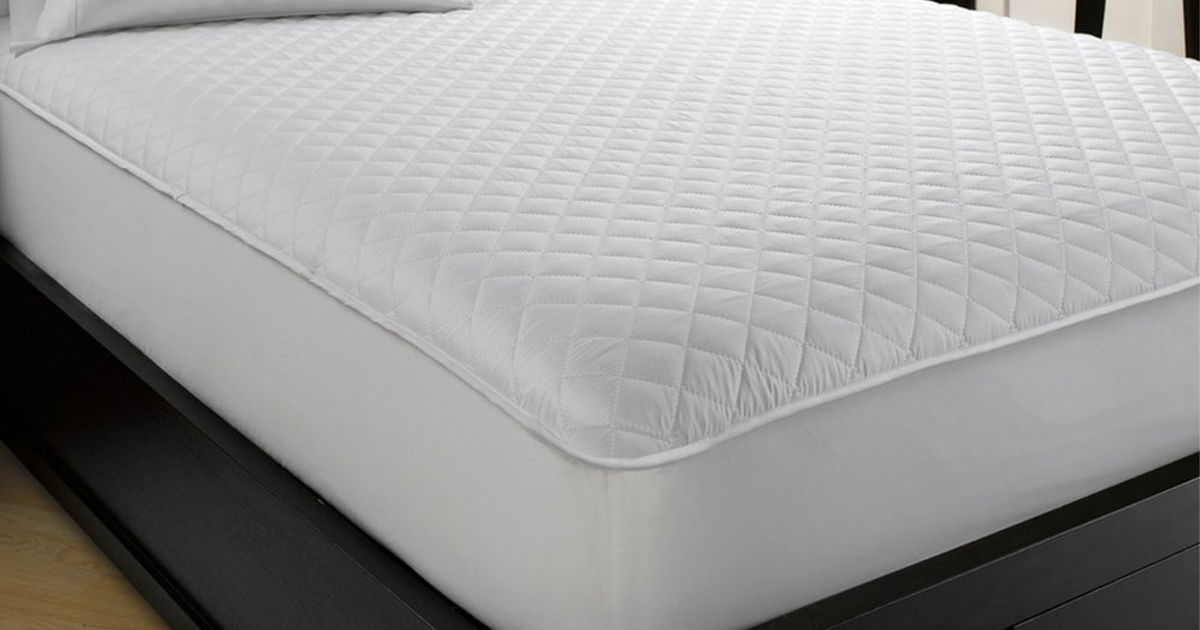The Victorian era was known for its ornate and elaborate designs, and this extended to the kitchen garden as well. A Victorian kitchen garden was not just a place to grow fruits and vegetables, but also a beautiful and functional addition to the home. Here are 10 design ideas to help you create your very own Victorian kitchen garden.Victorian Kitchen Garden Design Plan
1. Formal Layout: The Victorian kitchen garden was typically laid out in a formal manner, with straight lines and geometric shapes. This created a sense of order and symmetry in the garden. 2. Ornate Fencing: The boundary of the kitchen garden was often marked with decorative fencing, such as wrought iron or picket fencing. This added to the overall aesthetic of the garden. 3. Gravel Paths: Gravel paths were commonly used in Victorian kitchen gardens, as they provided a clean and easy to maintain surface for walking and working in the garden. 4. Espaliered Trees: Espaliered trees were a popular feature in Victorian kitchen gardens. These trees were trained to grow flat against a wall or trellis, creating a beautiful and space-saving display of fruits. 5. Greenhouses: A greenhouse was an important part of a Victorian kitchen garden, as it allowed for year-round growth of plants and protected delicate plants from harsh weather. 6. Decorative Features: Adding decorative features such as statues, urns, and fountains to the garden was a common practice in Victorian times. These features added a touch of elegance and whimsy to the garden. 7. Colorful Flowers: While the main purpose of a Victorian kitchen garden was to grow fruits and vegetables, it was also common to incorporate colorful flowers into the design. This added a pop of color and beauty to the garden. 8. Herb Garden: A separate herb garden was often included in a Victorian kitchen garden. This garden would typically be located near the kitchen for easy access to fresh herbs for cooking. 9. Sunken Garden: Some Victorian kitchen gardens featured a sunken garden, where the garden was lower than the surrounding ground. This created a sense of privacy and seclusion in the garden. 10. Water Features: A pond or small water feature was sometimes included in a Victorian kitchen garden. This added a tranquil element to the garden and provided a source of water for plants.10 Victorian Kitchen Garden Design Ideas
The layout of a Victorian kitchen garden was carefully planned to maximize space and productivity. The garden would typically be divided into separate sections for different types of plants, such as fruits, vegetables, and herbs. The paths and beds would be laid out in a symmetrical and organized manner, with the greenhouse and other features strategically placed for easy access.Victorian Kitchen Garden Layout
1. Research: Before designing your Victorian kitchen garden, do some research on the typical features and layout of a Victorian garden. This will help you create an authentic and functional design. 2. Use Formal Elements: Incorporate formal elements such as straight lines, geometric shapes, and symmetry in your design to achieve a Victorian look. 3. Add Ornate Details: Look for ways to add ornate and decorative details to your garden, such as fencing, statues, and urns. 4. Consider the Climate: When choosing plants for your Victorian kitchen garden, consider the climate and what plants will thrive in your area. 5. Think About Functionality: While aesthetics were important in Victorian garden design, functionality was also a key factor. Make sure your garden is practical and easy to maintain. 6. Incorporate Color: Add pops of color to your garden with flowers and colorful fruits and vegetables. 7. Don't Forget the Greenhouse: A greenhouse was an essential part of a Victorian kitchen garden, so make sure to include one in your design.Victorian Kitchen Garden Design Tips
If you're looking for inspiration for your Victorian kitchen garden, take a look at historic homes with well-preserved gardens or visit a local botanical garden. You can also find inspiration online through blogs, gardening websites, and social media platforms such as Pinterest.Victorian Kitchen Garden Design Inspiration
Finding a pre-made design plan or layout for a Victorian kitchen garden may be difficult, as each garden was unique to the home it belonged to. However, you can use the ideas and tips mentioned above to create your own personalized design plan that fits your space and needs.Victorian Kitchen Garden Design Plans and Layouts
If you have a small space to work with, you can still create a Victorian kitchen garden. Consider using containers and raised beds to maximize space, and incorporate vertical gardening techniques such as trellises and espaliered trees. You can also scale down the size of features such as the greenhouse and fencing to fit your space.Victorian Kitchen Garden Design Ideas for Small Spaces
If you're new to gardening, creating a Victorian kitchen garden may seem like a daunting task. Start small and focus on the basics, such as a few types of fruits and vegetables, and gradually add more elements to your garden as you gain experience and confidence.Victorian Kitchen Garden Design for Beginners
If you own a historic home, incorporating a Victorian kitchen garden can add to the overall charm and authenticity of your property. Research the history of your home and the time period it was built in to get a better understanding of what a Victorian kitchen garden would have looked like during that time.Victorian Kitchen Garden Design for Historic Homes
Even if your home is not a historic Victorian, you can still incorporate elements of Victorian design into your modern kitchen garden. The formal layout, ornate details, and use of color can add a unique and elegant touch to any modern home.Victorian Kitchen Garden Design for Modern Homes
Creating a Victorian Kitchen Garden Design Plan

Designing a Victorian Kitchen Garden
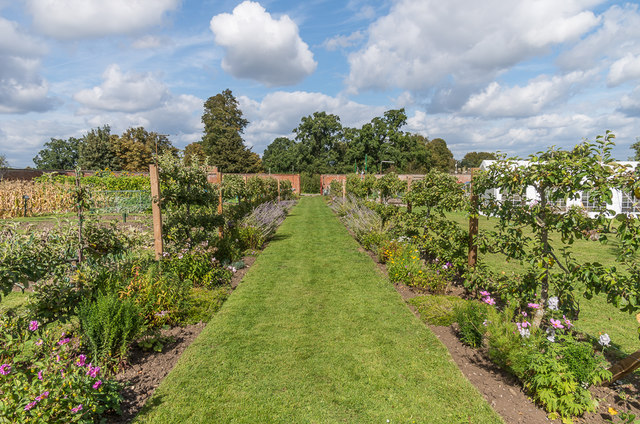 The Victorian era was a time of great prosperity and innovation, and this was reflected in the design of homes and gardens. Victorian kitchen gardens were designed to not only provide a source of fresh produce but also to be aesthetically pleasing. The key to designing a Victorian kitchen garden is to focus on creating a sense of order and symmetry, while also incorporating elements of Victorian style and charm.
The Victorian era was a time of great prosperity and innovation, and this was reflected in the design of homes and gardens. Victorian kitchen gardens were designed to not only provide a source of fresh produce but also to be aesthetically pleasing. The key to designing a Victorian kitchen garden is to focus on creating a sense of order and symmetry, while also incorporating elements of Victorian style and charm.
Planning for Productivity
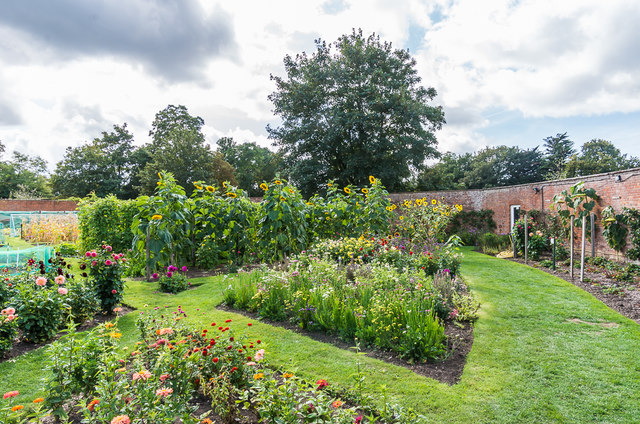 When designing a Victorian kitchen garden, the first step is to determine the layout and size of the garden. Traditionally, Victorian kitchen gardens were rectangular in shape and were divided into four equal quadrants. This allowed for a rotation system where each quadrant could be used for different crops each year, maximizing productivity. It is important to consider the size of your garden and the amount of space you have available when planning the layout.
When designing a Victorian kitchen garden, the first step is to determine the layout and size of the garden. Traditionally, Victorian kitchen gardens were rectangular in shape and were divided into four equal quadrants. This allowed for a rotation system where each quadrant could be used for different crops each year, maximizing productivity. It is important to consider the size of your garden and the amount of space you have available when planning the layout.
Adding Victorian Flair
 Incorporating elements of Victorian style and charm into your kitchen garden design will elevate it to the next level. Consider adding a central focal point, such as a decorative fountain or a Victorian-style gazebo, to add visual interest to the garden. You can also use decorative fencing or trellises to divide the quadrants and add a touch of elegance.
Featured keywords: Victorian style, Victorian charm, decorative fountain, decorative fencing, trellises.
Incorporating elements of Victorian style and charm into your kitchen garden design will elevate it to the next level. Consider adding a central focal point, such as a decorative fountain or a Victorian-style gazebo, to add visual interest to the garden. You can also use decorative fencing or trellises to divide the quadrants and add a touch of elegance.
Featured keywords: Victorian style, Victorian charm, decorative fountain, decorative fencing, trellises.
Choosing the Right Plants
 When selecting plants for your Victorian kitchen garden, it is important to consider both the aesthetic and practical aspects. Choose plants that are not only visually appealing but also have a purpose, such as providing food or attracting pollinators. Popular choices for Victorian kitchen gardens include heirloom vegetables, herbs, and flowering plants such as roses, lavender, and hollyhocks.
Featured keywords: heirloom vegetables, herbs, flowering plants, pollinators.
When selecting plants for your Victorian kitchen garden, it is important to consider both the aesthetic and practical aspects. Choose plants that are not only visually appealing but also have a purpose, such as providing food or attracting pollinators. Popular choices for Victorian kitchen gardens include heirloom vegetables, herbs, and flowering plants such as roses, lavender, and hollyhocks.
Featured keywords: heirloom vegetables, herbs, flowering plants, pollinators.
Maintaining Your Victorian Kitchen Garden
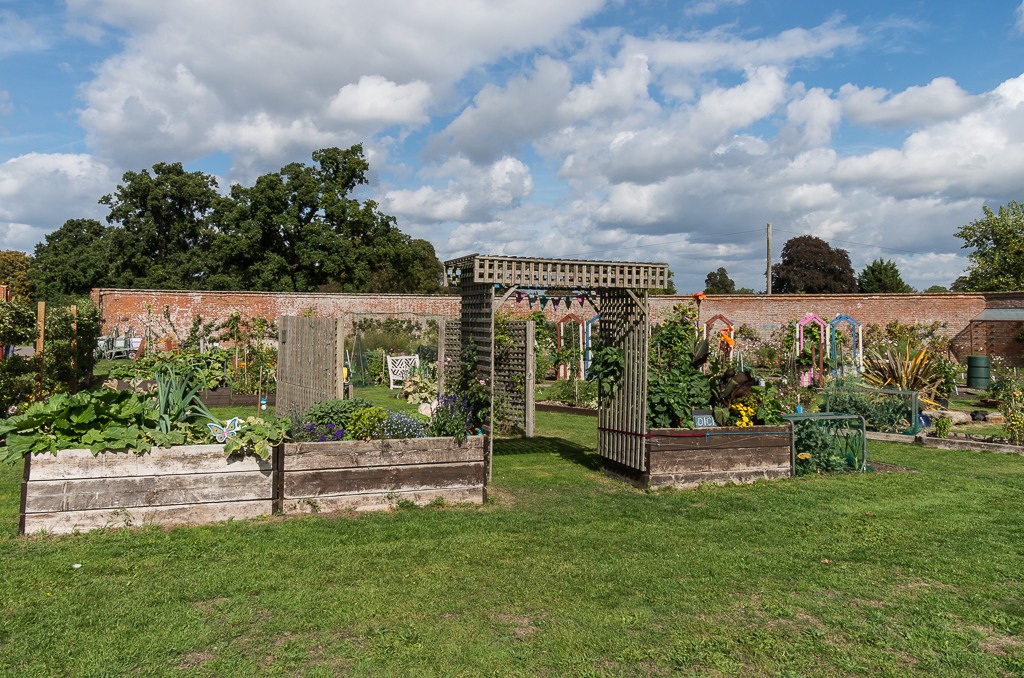 To keep your Victorian kitchen garden looking its best, regular maintenance is essential. This includes tasks such as weeding, watering, and pruning. It is also important to keep a consistent rotation system in place to ensure proper crop rotation and maintain soil health. Additionally, adding traditional Victorian gardening techniques, such as using cloches and cold frames, can help extend the growing season and protect your plants.
Featured keywords: maintenance, crop rotation, soil health, Victorian gardening techniques, cloches, cold frames.
To keep your Victorian kitchen garden looking its best, regular maintenance is essential. This includes tasks such as weeding, watering, and pruning. It is also important to keep a consistent rotation system in place to ensure proper crop rotation and maintain soil health. Additionally, adding traditional Victorian gardening techniques, such as using cloches and cold frames, can help extend the growing season and protect your plants.
Featured keywords: maintenance, crop rotation, soil health, Victorian gardening techniques, cloches, cold frames.
In Conclusion
 Designing a Victorian kitchen garden requires careful planning and attention to detail. By incorporating elements of Victorian style and charm, choosing the right plants, and maintaining the garden properly, you can create a beautiful and productive space that will transport you back in time to the Victorian era. So, roll up your sleeves and get ready to create your own slice of Victorian paradise in your backyard.
Designing a Victorian kitchen garden requires careful planning and attention to detail. By incorporating elements of Victorian style and charm, choosing the right plants, and maintaining the garden properly, you can create a beautiful and productive space that will transport you back in time to the Victorian era. So, roll up your sleeves and get ready to create your own slice of Victorian paradise in your backyard.
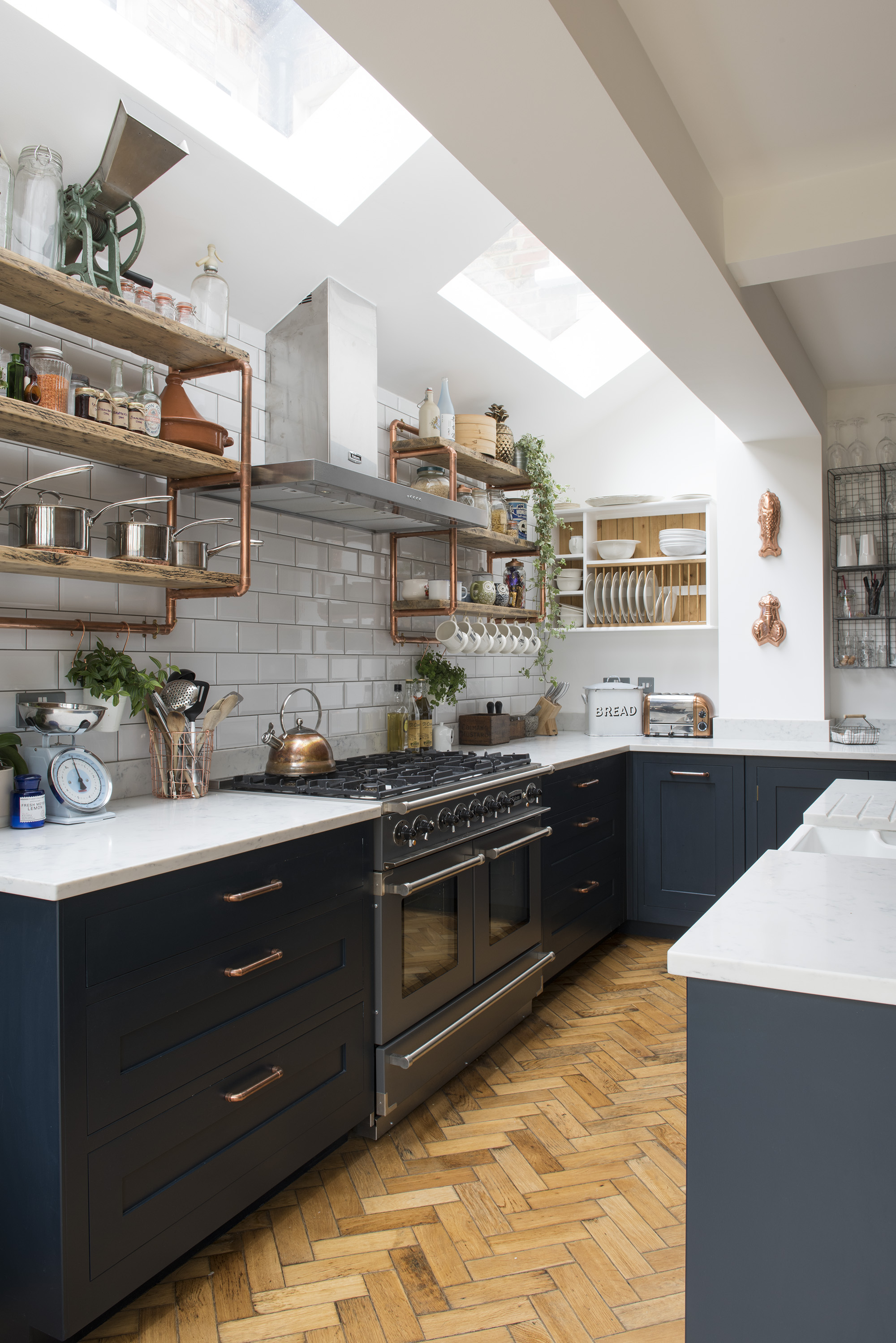


.png)
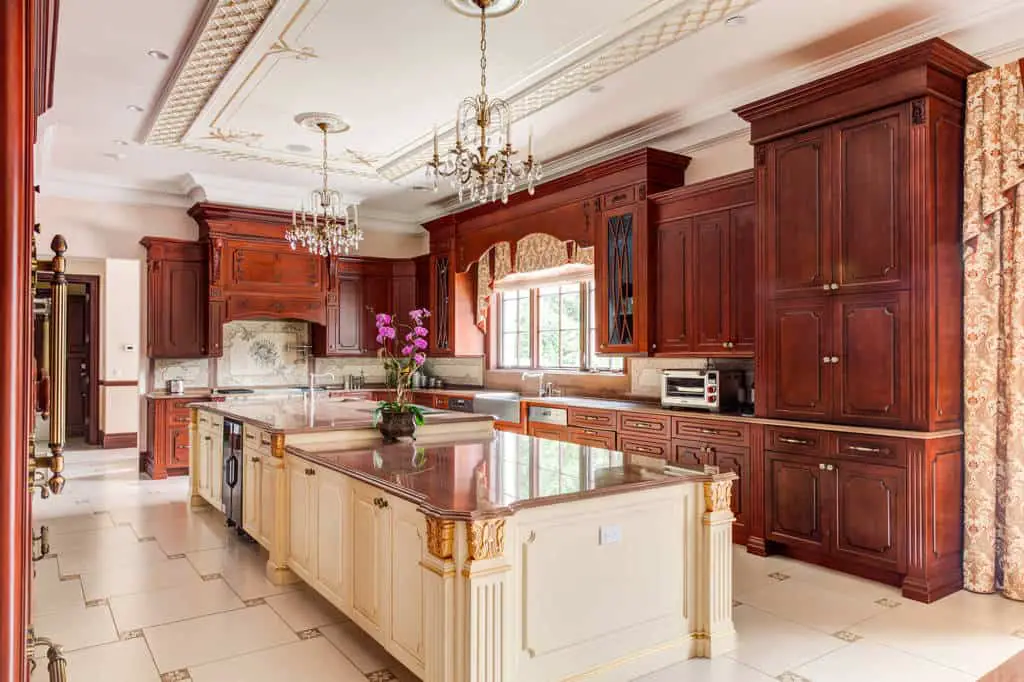
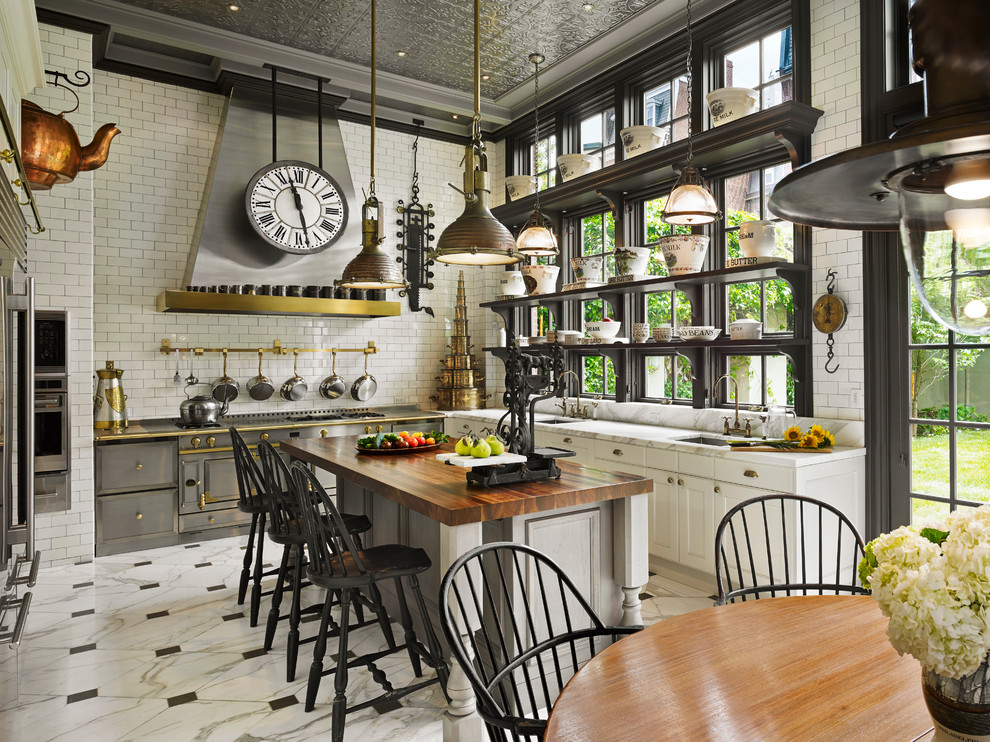

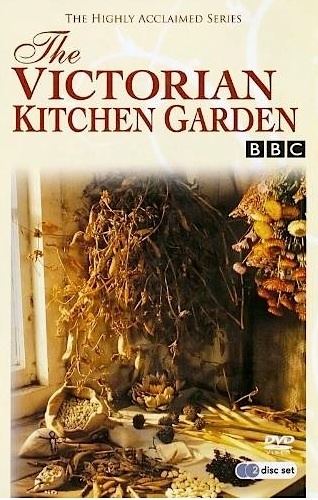




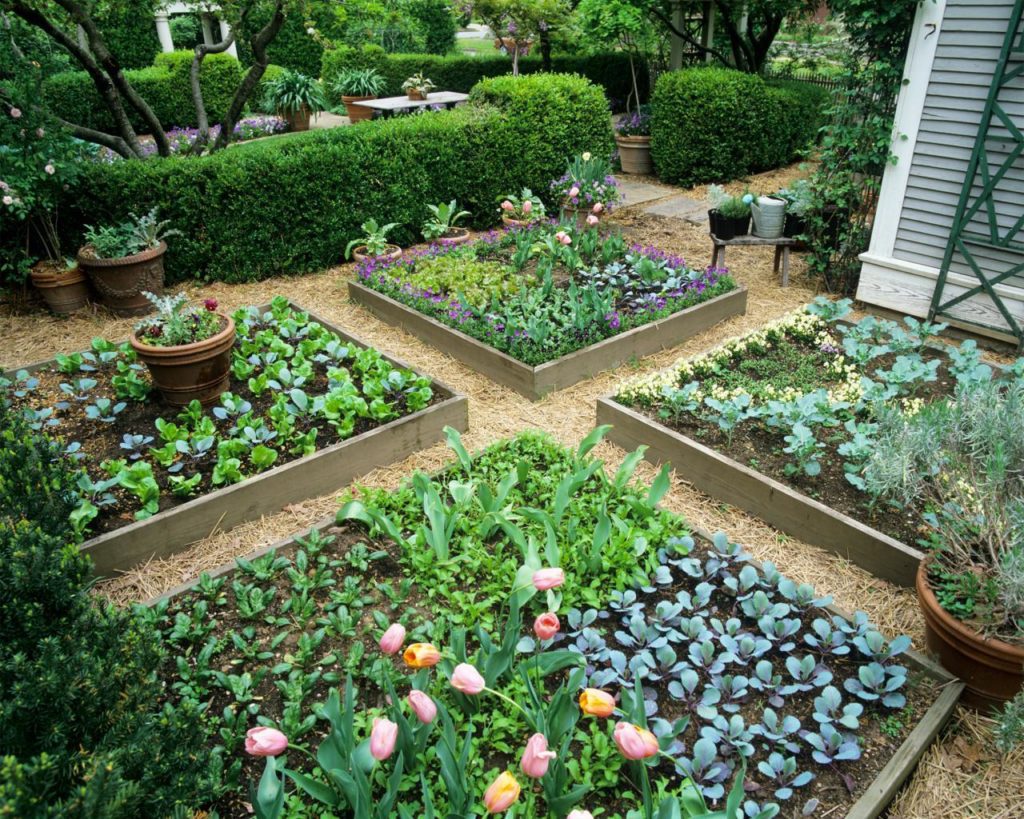
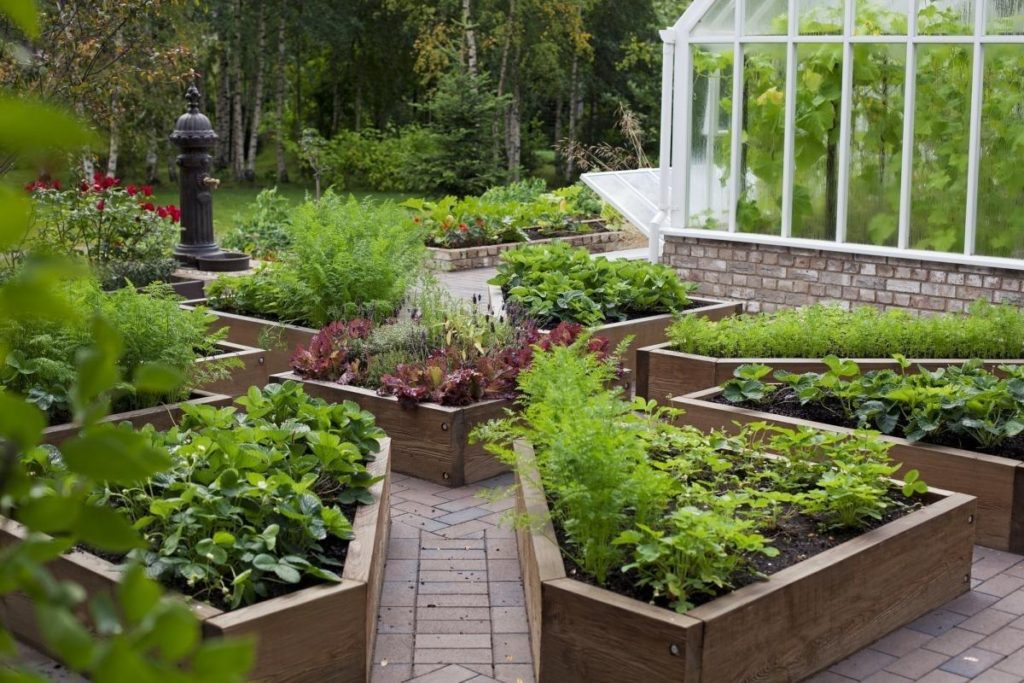











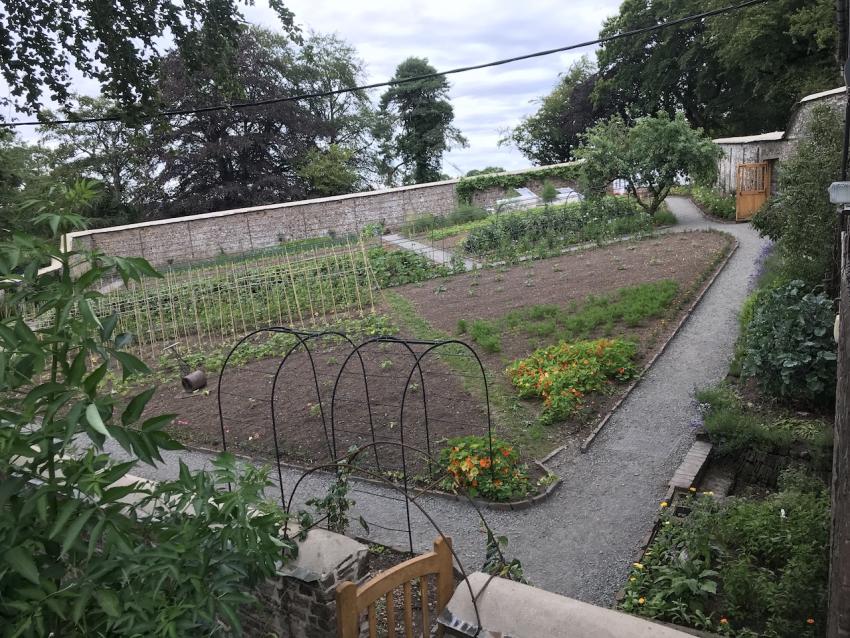







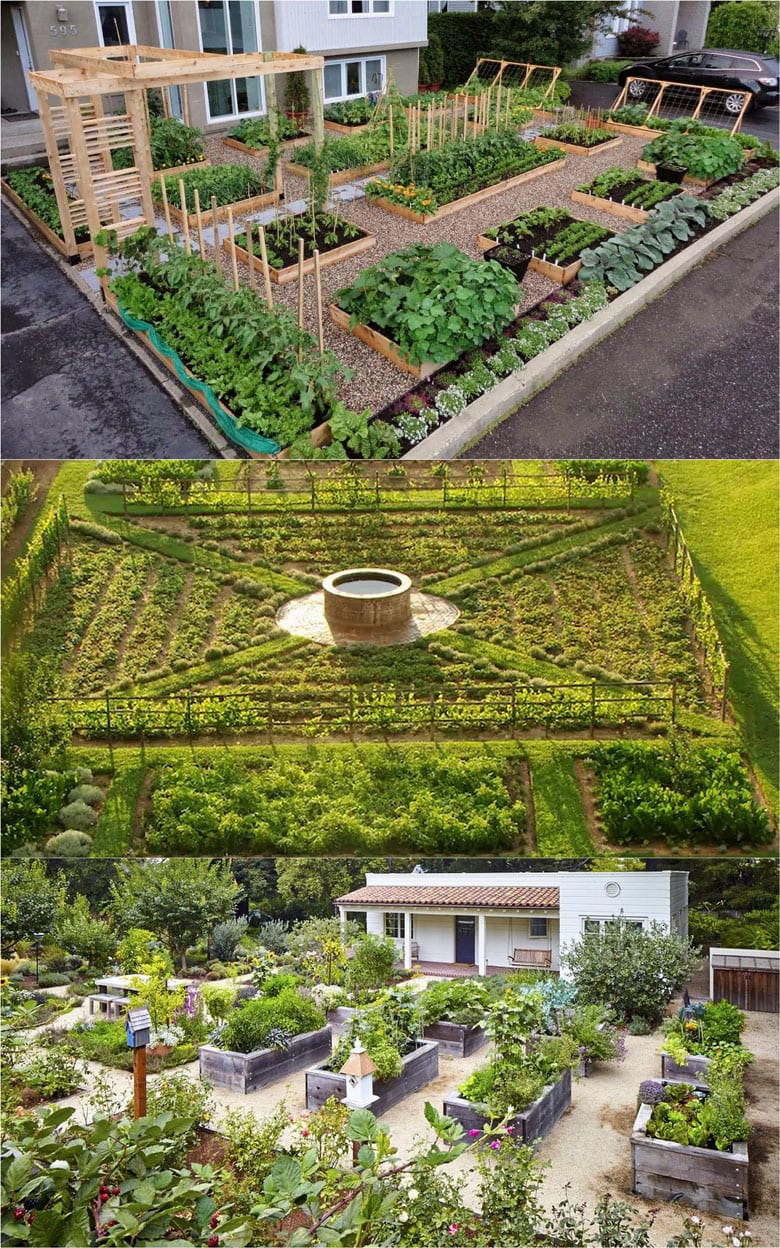


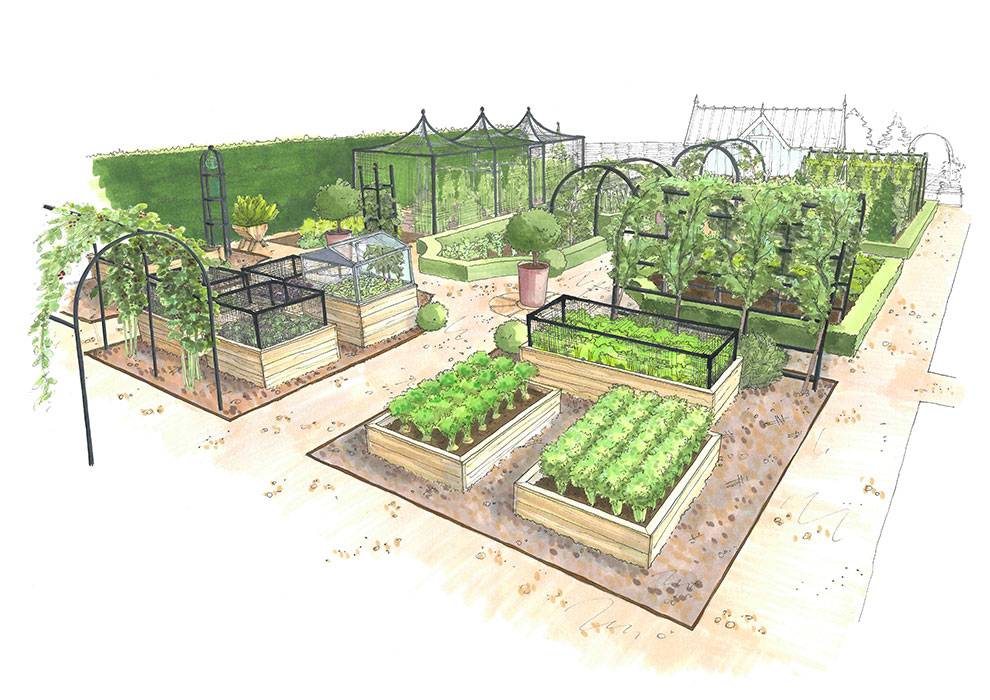


/small-garden-944311284-61ce49cc8f1d4bfa8d71bb47d5e29bd6.jpg)




